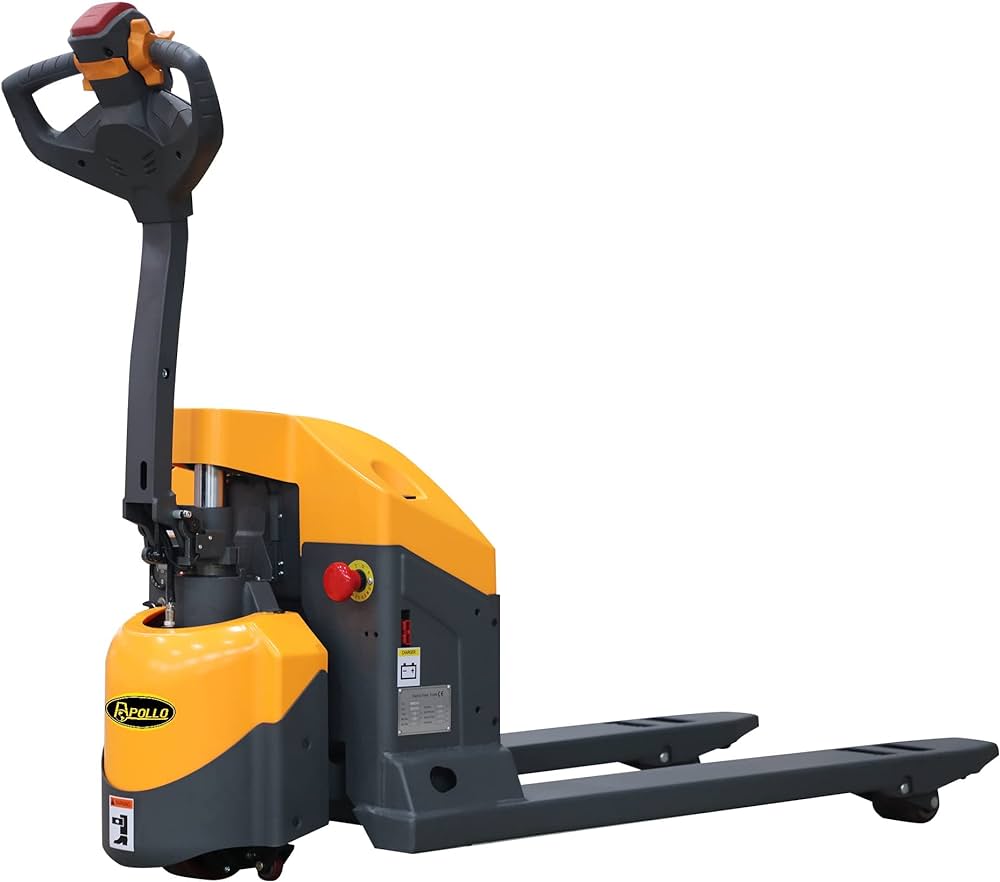The Tri-lateral Head Unit plays a pivotal role in modern warehousing, enhancing efficiency, reducing costs, and optimizing storage space. This article delves into its various applications, detailing the specific advantages and measurable impacts it brings to warehouse operations.
Enhanced Storage Efficiency
Optimizing Space Utilization
The Tri-lateral Head Unit allows for very narrow aisle (VNA) warehousing. This means warehouses can significantly reduce the aisle width, from the standard 3-4 meters to as little as 1.6 meters, maximizing storage space. This reduction in aisle space can lead to an increase in storage capacity by up to 40-50%.
Improved Pallet Handling
The unit's ability to rotate and handle pallets in three directions (left, right, and forward) allows for quicker and more efficient pallet manipulation. This multi-directional handling reduces the time taken to store and retrieve pallets, enhancing overall operational speed.
Cost and Energy Efficiency
Reducing Operational Costs
By optimizing space and reducing the need for multiple forklifts, the Tri-lateral Head Unit can lead to significant savings in operational costs. Fewer forklifts mean lower fuel or electricity costs, reduced maintenance expenses, and a decrease in the need for extensive operator training.
Energy Efficiency
These units are often electrically powered, contributing to lower energy consumption compared to traditional gas-powered forklifts. Electric models can reduce energy costs by approximately 20-30%, depending on usage patterns.
Safety and Ergonomics
Enhancing Safety
The design of the Tri-lateral Head Unit prioritizes operator safety. Its operation within narrow aisles reduces the risk of accidents typically associated with manual handling and maneuvering of heavy loads in tight spaces.
Ergonomic Benefits
With features like easy controls and comfortable seating, these units offer ergonomic benefits, reducing operator fatigue and the likelihood of strain-related injuries.

Specific Performance Parameters
Load Capacity and Speed
These units typically have a load capacity ranging from 1,000 to 2,500 kilograms, with operational speeds of up to 12 km/h. The specific speed and capacity can vary based on the model and manufacturer specifications.
Dimensions and Specifications
The Tri-lateral Head Unit is designed to be compact, with an average width of about 1.5 meters and a length of 2 meters, allowing for easy maneuverability in narrow aisles. The height can vary, typically accommodating standard pallet sizes.
Lifespan and Maintenance
With regular maintenance, these units can have a lifespan of 10-15 years. The cost of maintenance is generally lower than that of traditional forklifts, due to fewer mechanical parts and the absence of a combustion engine.
Conclusion
The Tri-lateral Head Unit represents a significant advancement in warehouse technology. Its applications, ranging from space optimization to cost and energy efficiency, make it an invaluable asset in modern warehousing. By understanding its specific features and benefits, warehouse managers can make informed decisions to enhance their operations' effectiveness and efficiency.